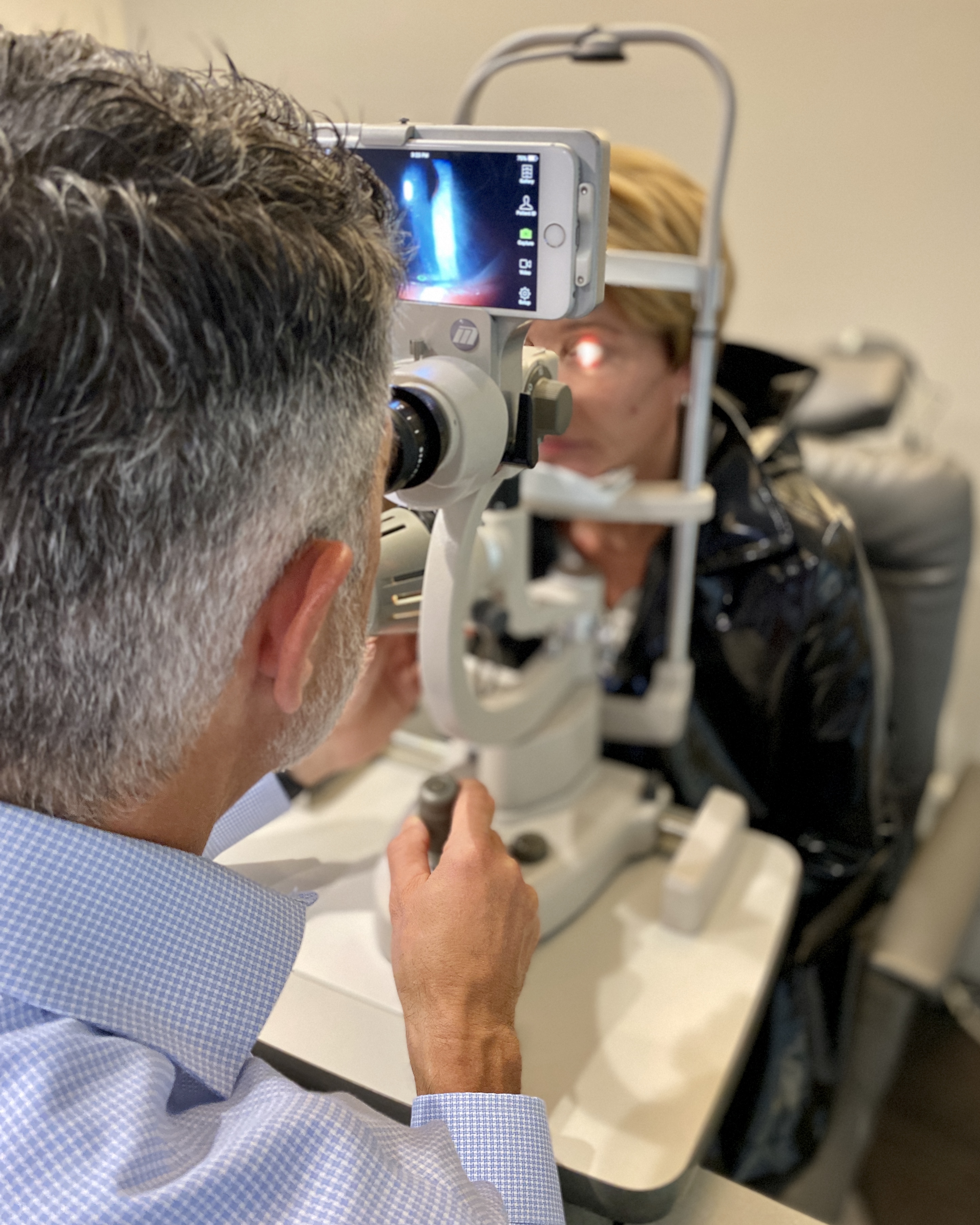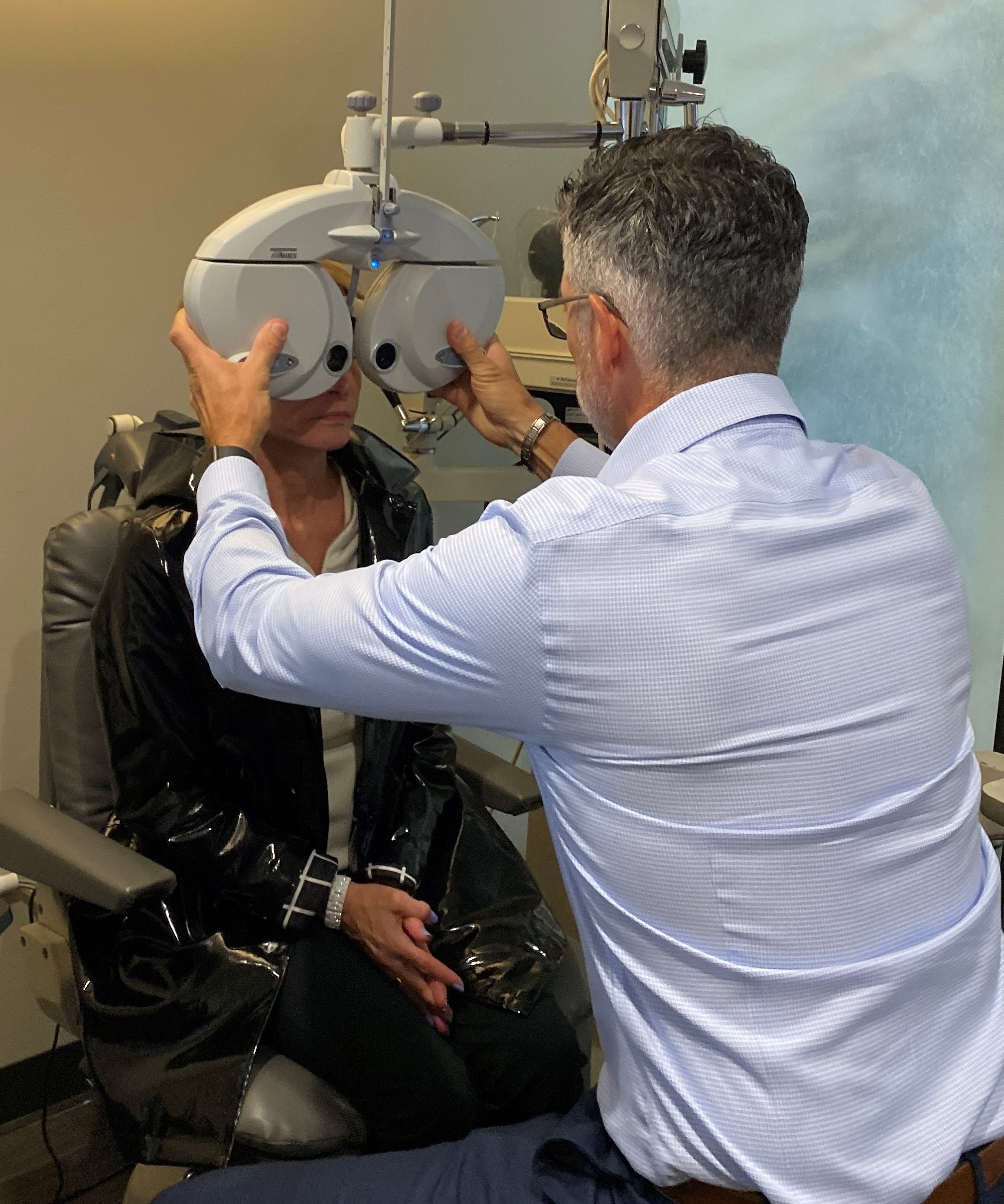The Visionary Optics team spoke with Robert E. Lopez, OD at Chicago Keratoconus Institute about why he decided to invest in an sMap3D™, and how data improves his commitment to patient-focused care.
For Dr. Lopez, the degree of customizability and the support that the sMap3D™ provides in streamlining difficult fits is incredibly valuable. “Years of evaluating scleral profiles has proven that irregularity, toricity, and variability are much more the norm; and as such, why don’t we eliminate all the guesswork from scleral fitting?” notes Dr. Lopez.
Prior to investing in the sMap3D™, Dr. Lopez purchased a different scleral topographer, but was not satisfied with it. “I tried it and was frustrated by the difficulty in acquiring good maps, and the fact that no lab worked with the data.”
Read more about how the data from the sMap3D™ helped with his patient’s scleral lens success:
Case Study
The Challenge
Our team was providing care for a longstanding radial keratotomy patient who had tried three different scleral lens designs, but because of very small and steeply curved sclerals, an appropriate fit was not attainable.
The Solution
By using the sMap3D™, our team received all the pertinent data necessary to design the optimal scleral lens for our patient. The sMap3D™ removed the trial and error from the fitting process and restored the patient’s confidence in scleral lenses. The lenses that the patient received through the sMap3D™ measuring were the only lenses that fit, her uniquely contoured eyes.
The Results
After inserting the lenses, the patient that had previously lived with Best Corrected Visual Acuity (BCVA) of 20/50 with glasses, was now able to see 20/20.





